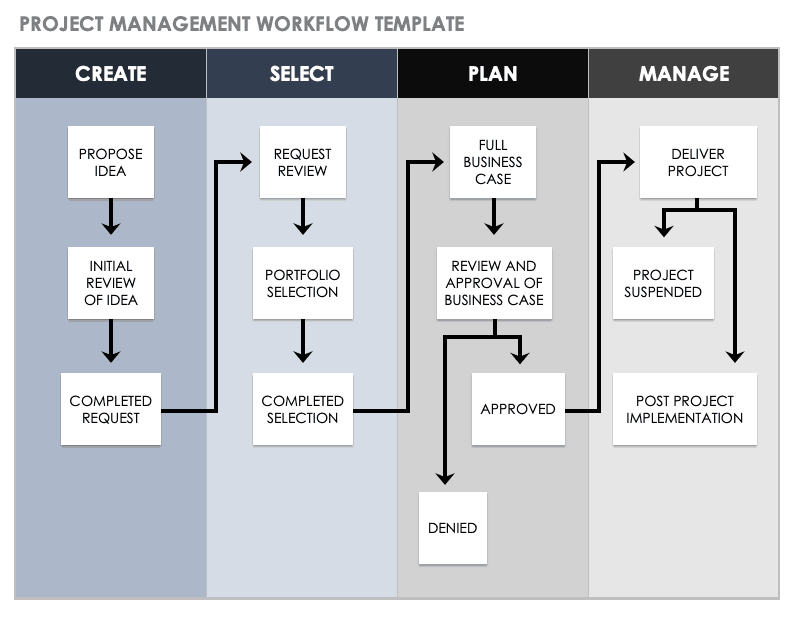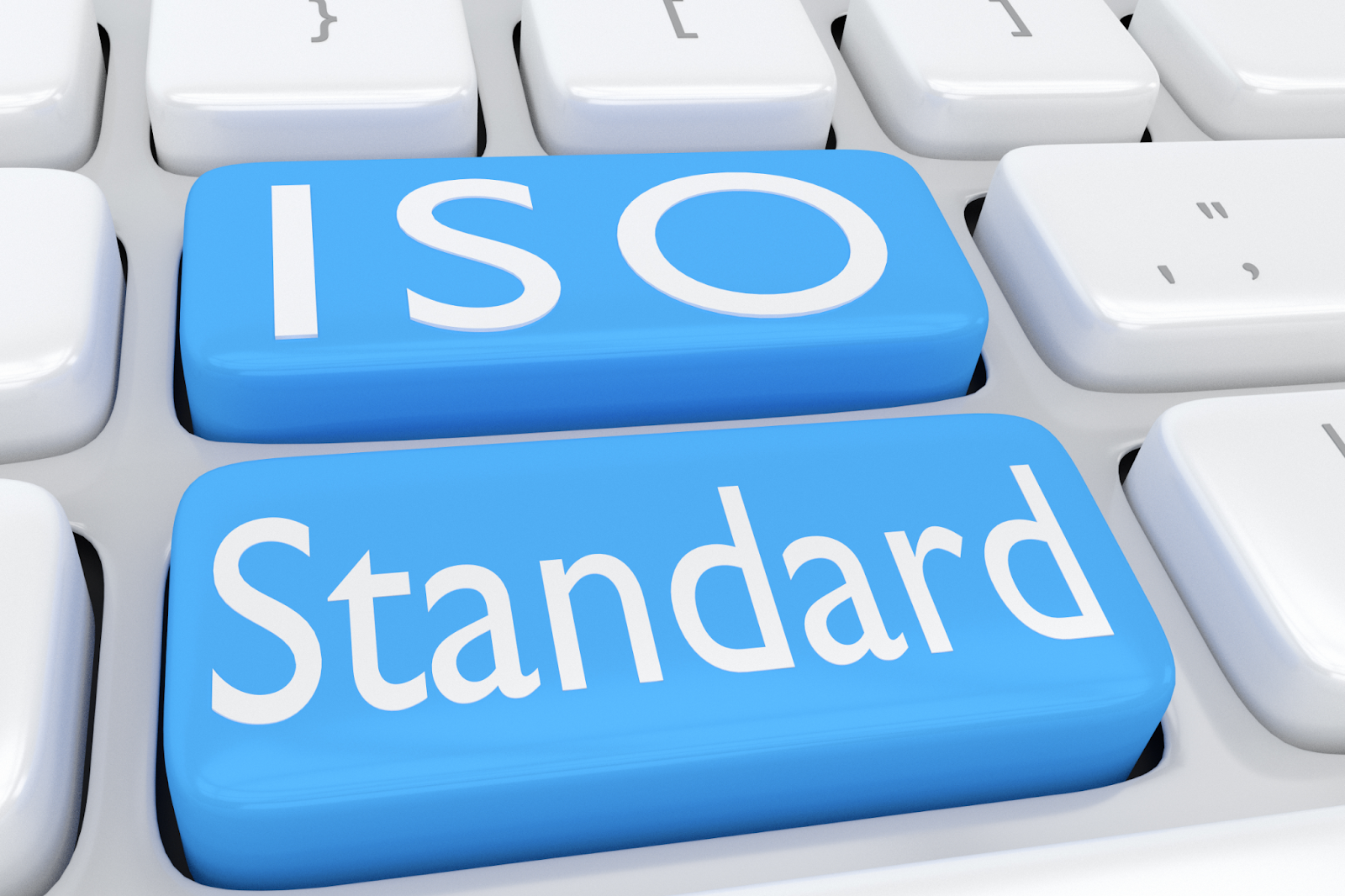It’s one thing to create an airtight, silky smooth content production workflow on paper. But as any successful business will tell you, it’s an entirely different kettle of fish to implement this process, successfully at least, in reality.
Effectively implementing processes will help you define your employee goals, roles, and tasks as you optimize new and existing content. A thriving workflow won’t just keep your business booming, it can, given the correct guidance, create a workplace atmosphere of flexibility, support, and nourished potential.
More than that, solid content workflows will ensure that an expert standard of organization, efficiency, and strategy is adhered to by your whole team on a flawlessly consistent basis, improving consumer trust and brand identity. This drives growth, leads, and sales.

Or that’s the idea, anyways. Many variables can contribute to a breakdown in workflow, and there’s rarely only one answer to why your great-on-paper process failed. The ebb and flow of changing employees, business needs, and overall goals can erode any process. Yet a lack of consistency and a sturdy foundation could result in structural weakness.
An effective content production workflow will have an astronomical impact on the potential success of your content, with an estimated 70% of marketers relying on SEO performance over PPC for generating their sales. But content isn’t just about blog posts and social media. An effective content workflow can extend to all areas of your business.
It can improve your telecommunications scripts, increasing call quality; it can improve email templates and instant messaging chat scripts; it can even improve the trustworthiness of your package labelling. With so much at stake, we’ve collected our seven top tips for creating an effective content production workflow to keep your business growing.
Step 1: Determine Your Goals
Great content, and moreover content that will help your business reach its goals, requires a lot of soul searching. Before content creation can happen, a business must first define why they want to create this content in the first place, and the results they’re hoping for.

Goals should be specific, measurable, achievable, relevant, and time-bound:
- Specific: It’s all about the details. Use enough specific information to express exactly what you want to accomplish and thoroughly outline each step it will take to get there.
- Measurable: Map out key performance indicators that will be measured from start to finish.
- Achievable: Ensure you have the resources readily available to achieve your content goals.
- Relevant: Content in all its wonderful forms needs to tie in and support your bigger marketing objectives and goals.
- Time-bound: Map out how long it will take to implement each specific objective and ensure clearly defined deadlines are in place.
Step 2: Take Advantage of Consolidated Software
There are all kinds of reasons to consolidate your software, and improving your workflow ISO is one of the big ones. Now-outdated approaches to process documentation and management can be disjointed, divergent, inconsistent, and open to personal interpretation—the exact opposite of compliant.

A sophisticated, consolidated software system will help you keep track of all the things you can’t reasonably follow manually, all in one place. This will help you achieve and maintain visibility of compliance to procedural standards, and help build trust and confidence in your brand.
Step 3: Evolve Through Iteration
Continually keeping a critical eye on everything to do with your business is standard, of course. But this critique needs to extend to the innermost workings of your processes themselves rather than just stopping at the surface. Content production workflows, and all workflows, should be considered as living, breathing, developing, and changing entities.
Processes need to be able to change when necessary, and the best way to accomplish this is to iterate, iterate, iterate. A continuously scrutinized and updated workflow will help you identify:
- Where stalemates in your process may be lurking
- Where previously necessary steps may now be redundant
- Where adjustments to your workflow may be needed
Think of continual iteration not as a task, but a mindset, and a healthy one at that. Change is crucial for a healthy content production workflow that can evolve alongside your team and your engagement strategies.
Step 4: Be Flexible
Remember, a content process workflow will never be as clever as the dream team you have manning the reins. A process should allow for innovation, sensible adjustment, and changing attitudes and conditions. But beyond this, your process needs to account for the fact that there are real live people implementing it, and people are dynamic.

If your content production workflow doesn’t account for these natural and inevitable changing circumstances, it’ll affect the team it’s supposed to be supporting. An inflexible process can and will stifle your team’s ability to do a great job, and it could end up holding them, and the business, back.
Step 5: Templatize
Whether it’s a blog, email, social media post, or advertisement, a template can save your employees valuable time by not having to start from scratch.
Having an idea of what works before starting can help employees feel empowered and supported. This can help them communicate better, increasing first contact resolution, solidifying consumer trust, and bringing a whole host of further benefits in staff-client interactions.
Step 6: Leverage Software Automation, Testing & Reminder Tools
Your software can help streamline your content workflow in so many ways, but are you experiencing the full scope of these abilities? By removing the need for manual intervention during predictable, redundant, repeated tasks, your team can focus on bigger business objectives and goals.
Routinely testing software can help your content. For example, mobile testing your apps using software to track things like performance and usability can help you fully understand your app’s content needs.
Step 7: Measure Your Results

There’s no point in creating a content production workflow if you don’t plan on accurately assessing if it’s done all the things you hoped it would. Did your business meet the planned ROI? Did your campaign reach its target audience? Is your SEO strategy leading to effective acquisition?
Analytics reports give you the insider’s view of what’s working and what’s not, in terms of your content. But it also allows you to understand why and where your current content production workflow might be lacking.
A More Effective Workflow Means More Effective Workers
There isn’t one simple checklist for the perfect content production workflow. Content will always be an evolving, developing aspect of your business growth and workflows should reflect that. The wellbeing of your workflow will only improve the wellbeing of your employees.



![[Research Round-Up] New Study Shows the Continuing Value of B2B Thought Leadership](https://customerthink.com/wp-content/uploads/development-2010010_1280-pixabay-innovation-ideas-think-1-218x150.jpg)